Best Cooking Fat to Use: Butter vs Bacon Grease
We are taking a deep dive to find out which cooking fat is best to use…butter vs bacon grease. All foods have different flavor profiles and some will taste best with butter while others will taste best with bacon grease. But what about the foods that could use either butter or bacon grease?
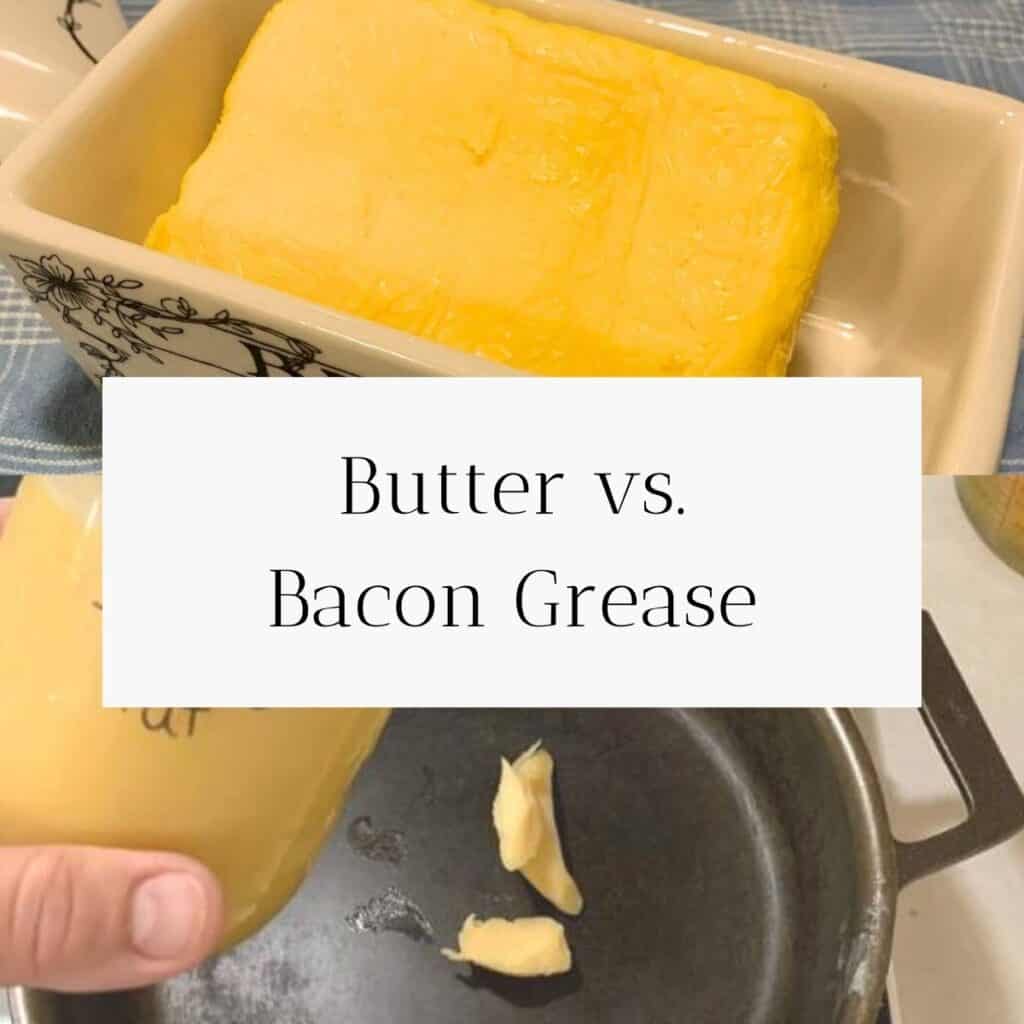
This post may contain affiliate links. As an Amazon Associate I earn from qualifying purchases. That means I make a small commission at no cost to you if you place a qualifying purchase through any of the links. Read my full disclosure here. Thanks for your support!
I had a lot of learning to do when I first started cooking traditional whole foods. The first cookbook that really taught me the truth was Nourishing Traditions by Sally Fallon.
Up until that point, I bought mostly processed foods and used processed vegetable oil. Except I always bought real butter. “Organic” wasn’t really a thing when I first got married. If it was, it wasn’t mainstream like it is now. In short, I was ignorant of how harmful all the processed foods and oils were.
The Truth About Using Animal Fat and Vegetable Fat
Not all fats are created equal and I would argue that most of the fats sold in conventional grocery stores have been adulterated in such a way as to be bad for your health. Some are worse than others.
I am not a doctor, so please discuss your diet or dietary changes with your primary care physician.
The introduction of Nourishing Traditions has a 17-page section just on fats. I was blown away by the debunked myths. What the author wrote, along with the science behind it, made a lot of sense to me.
All fats and oils are a combination of saturated fatty acids, monounsaturated fatty acids, and polyunsaturated fatty acids.
Grapeseed oil, avocado oil, safflower oil, peanut oil, and coconut oil are all categorized as vegetable oil. Olive oil is actually the fruit juice of olives. The process to create olive oil is very different from creating vegetable oils, so it is not usually lumped into the vegetable oil category.
Vegetable oils from northern climates (like avocado oil) contain mostly polyunsaturated fatty acids and are liquid at room temperature. However, tropical vegetable oils (like coconut oil) contain mostly saturated fatty acids and is solid at room temperature. Coconut oil is 92 percent saturated fat and is solid at room temperature but liquefies around 78°F (25°C).
In general, animal products like butter, lard, tallow, and schmaltz have between 40-60 percent saturated fat and are solid at room temperature.
Saturated Fat
Saturated fatty acids are highly stable. All the available carbon-atom linkages are filled with hydrogen. In other words, they are “saturated” by hydrogen.
The molecular structure is rectangular, which is why this good fat is solid or semi-solid at room temperature. There’s no space between the molecules, and they are packed together without spaces in between them.
Stable fat doesn’t go rancid even when heated during cooking. Rancid fats have oxidized and started to break down through chemical changes and/or decomposition and have an unpleasant smell and taste. Because of the oxidation, rancid fat has lost some of its nutrition and vitamins. It might not make you sick right away, but it does have carcinogenic free radicals. So you want to avoid rancid fats.
Your body makes some saturated fats from carbohydrates that you eat. Other than that, saturated fatty acids are found mostly in animal fats and tropical vegetable oil like coconut oil.
Monounsaturated Fat
Monounsaturated fatty acids have one double bond, where the carbon bonds to another carbon atom instead of hydrogen. The molecular structure has a bend at the double bonds, so they can’t pack in as closely together. This is the reason that monounsaturated fats are a liquid fat at room temperature.
These fatty acids are relatively stable and don’t go rancid easily, making them a perfectly good cooking oil.
Your body makes monounsaturated fatty acids from saturated fatty acids. Other than that, you can get these fats from olive oil, almond oil, pecan oil, cashew oil, peanut oil, and avocado oil.
Olive Oil
The monounsaturated fatty acid most commonly found in our food is oleic acid (a monounsaturated, omega-9 fatty acid), which makes up 75 percent of olive oil. Eating plenty of extra virgin olive oil may help reduce chronic, low-level inflammation that’s been tied to diseases like cancer and Alzheimer’s.
My personal preference is to use both organic avocado oil and organic olive oil. (For recipes where I need the fat to be flavorless, I choose avocado oil.)
I use olive oil for roasting vegetables, making Italian dishes, and making my easy sandwich bread. This flavorful fat is also a great option for salad dressing!
It’s a well-known fact that olive oil is full of healthy, monounsaturated fats, which help reduce bad cholesterol and fight cardiovascular disease. Some research shows that monounsaturated fatty acids may also benefit insulin levels and blood sugar control, which can be helpful if you have type 2 diabetes.
Tip: Be careful when buying olive oil. I discovered that there is a huge fraud in the olive oil industry, and what you think you’re buying in stores may have little to no actual olive oil in it. Choose high-quality, reputable sources, like Azure Standard’s olive oil, so you know what you’re getting.
Polyunsaturated Fat
Polyunsaturated fatty acids have two or more pairs of double bonds and they lack four or more hydrogen atoms. The molecular structure has kinks and turns at the double bond, so they remain liquid even when they are refrigerated.
These fatty acids are highly reactive and they go rancid easily. For this reason, they should never be heated to high temperatures or used in hot cooking. Moderate heating is acceptable, though.
The two polyunsaturated fats most commonly found in our food are unsaturated linoleic acid which has two double bonds (also known as omega-6), and unsaturated linolenic acid which has three double-bonds (also known as omega-3). The omega number is the location of the first double bond.
Our bodies can’t make these fatty acids, which is why they are called “essential” fatty acids. The best way to get these essential fatty acids is by eating legumes, nuts, green vegetables, olive oil (up to 10%), and farm-fresh eggs.
Butter vs Bacon Grease: Is butter good or bad for you?
Butter, especially raw and from grass-fed animals, is good for you and should be part of a healthy diet.
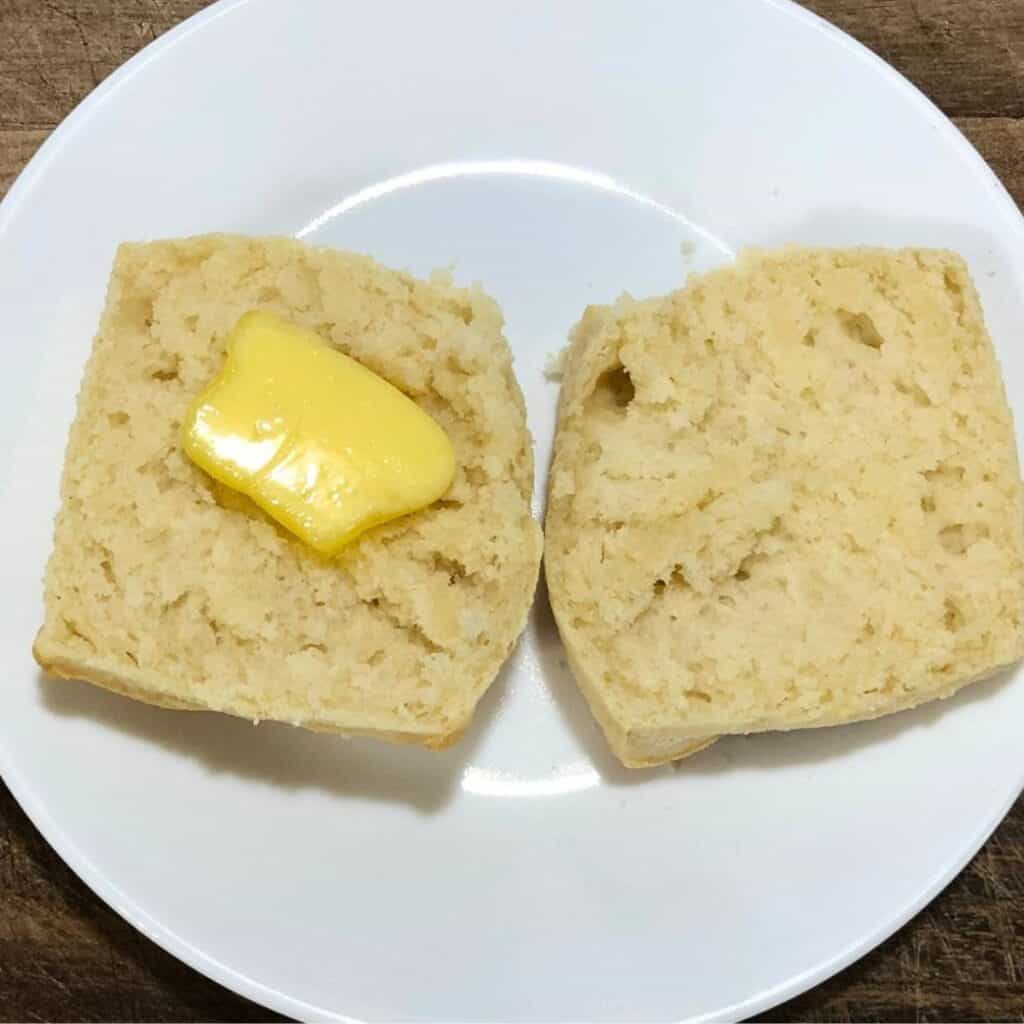
Butterfat has short-chain fatty acids and is always saturated. It’s interesting that these fatty acids have antimicrobial properties and protect us from viruses, yeast, and pathogenic bacteria in the gut! Butter is also directly absorbed by your body for quick energy, and doesn’t need bile salts to be absorbed. Finally, these short-chain fatty acids contribute to a properly functioning immune system.
If your butter is raw and from grass-fed animals, it’ll have a host of alive enzymes and vitamins and minerals that normal store-bought butter doesn’t have. Butter from pasture-fed cows also contain a form of rearranged linoleic acid (CLA), which has strong anticancer properties. It also encourages the buildup of muscle and prevents weight gain!
I never did care for the taste of margarine and have always used real butter. But it’s important to note that margarine is actually harmful because of the ingredients and how it’s manufactured.
Margarine
Margarine. It is manufactured by companies who mix oil (such as corn, soy, cottonseed, or canola oil) with tiny metal particles…usually nickel oxide.
The oil and nickel are then hydrogenated, which is when polyunsaturated fats (liquids) are turned into fats that are solid at room temperature…such as with margarine and shortening.
Hydrogenation is when the oil and nickel are subjected to hydrogen gas in a high-pressure, high-temperature reactor. If the oil wasn’t rancid before this process, the high heat makes it rancid.
The next step is to add soap-like emulsifiers and starch to the oil to give it a better consistency. The oil is then put under high heat again when it is steam-cleaned, which removes its unpleasant odor. It is then bleached to get rid of the unappetizing grey color, and finally dyes and strong flavors are added to make it look and taste more like butter.
There are numerous health issues caused by eating hydrogenated fats, which are also called trans fats (because the liquid becomes more solid at the molecular level). I won’t go into detail here, but some of the health issues are sexual dysfunction, increased blood cholesterol, paralysis of the immune system, cancer, atherosclerosis, diabetes, obesity, low-birth-weight babies, birth defects, and a host of other ailments.
Your body doesn’t recognize toxic trans fats and instead thinks it’s regular polyunsaturated fats, so the body doesn’t eliminate the toxins but instead absorbs them into the cellular membranes. Your cells become partially hydrogenated and then can’t function properly!
Just skip the margarine and go straight for real butter.
Butter vs Bacon Grease: Is bacon grease good or bad for you?
In moderation, bacon grease is neither good nor bad. Compared to butter, bacon grease has less cholesterol, but no protein, more calories, and a higher fat content. This is good if you need quick energy, but its bad for your waistline if you’re eating too much of it.
Nourishing Traditions describes an investigation into the effects of pork consumption on blood chemistry. Eating pork changes the blood chemistry for several hours after consumption. Additionally, it was noted that pork is one of the best mediums for feeding the growth of cancer cells. The author hints that this may be one of the reasons that the Bible and Koran prohibit eating pork.
In fairness, she also points to the people of Okinawa and Soviet Georgia that eat pork and lard on a daily basis, and they live exceptionally long lives.
In my humble opinion, the ingredients that are often used in processing pork (like bacon, ham, and sausage) and similarly processed food may be partly to blame, if pork is in fact harmful.
Since homemade bacon can be safely made at home, I would recommend that you cure your own bacon with high-quality ingredients that do not cause cancer. Call your local butcher(s) and see if they have any organic pork belly they can sell you. I haven’t done a post on this, so check out this bacon curing blog post and recipe from Homestead Family to find out how to go from pork belly to cured bacon in just 5 days!
If you have elevated cholesterol levels, you may want to discuss eating or eliminating pork with your primary care physician. Follow your doctor’s orders and monitor your risk of heart disease.
Nutrition Comparison of Butter vs Bacon Grease
| Unsalted Butter (100 g) | Bacon Grease (100 g) | |
|---|---|---|
| Calories | 717 kcal | 897 kcal |
| Protein | 0.85 g | 0 g |
| Cholesterol | 215 mg | 95 mg |
| Total lipid (fat) | 81.1 g | 99.5 g |
| Calcium | 24 mg | 0 g |
| Potassium | 24 mg | 0 g |
| Sodium | 11 mg | 150 mg |
| Vitamin A, IU | 2,500 IU | 0 IU |
| Fatty Acids, saturated | 50.5 g | 39 g |
| Fatty Acids, monounsaturated | 23.4 g | 44.9 g |
| Fatty Acids, polyunsaturated | 3.01 g | 11.1 g |
Best Uses for Butter

Breakfast
Most hot breakfasts like oatmeal, pan-fried pancakes and flapjacks, are also delicious with a pat of butter and maple syrup drizzled on top.
Lunch or Dinner
You can also add butter when you’re cooking and boiling vegetables like green beans, peas, corn, and carrots for added flavor.
Browned Butter
Home cooks know that browned butter is a delicious way to enhance the flavor of butter and pan-fried vegetables like corn.
To make browned butter corn, add about 3 tablespoons of unsalted butter to the bottom of a skillet over medium-low heat.
Watch the butter and swirl the skillet until you see the butter foam up and start to condense. It will change color to a golden brown and smell nutty and toasted when it’s done.
That’s when you add your fresh, canned, or frozen corn and a bit of salt and pepper. Just be sure not to over-cook and burn the butter.
As soon as the butter stops foaming and bubbling, wait for the nutty aroma (just a few seconds) and add in your vegetables.
Desserts
Butter is great when you’re baking sweet desserts such as chocolate chip cookies or chocolate cake. You can’t make pie crust or baked potatoes without butter, either.
Butter Coffee
You can also make your own version of Butter Coffee (also known as Bulletproof Coffee and Bullet Coffee).
Just as the name implies, it’s when you add nutritious butter to your coffee. Typically it’s made with grass-fed butter and coconut oil (which has MCT oil, or medium-chain triglycerides).
It’s said that the butterfat binds with the caffeine and helps it to release slowly into your body, and the coconut oil gives you an energy boost. I don’t know…I’ve never tried it.
Tips to save money on butter.
Raw, organic, grass-fed butter…preferably made in your own kitchen to save on cost…is the best choice for butter because of all its healthy qualities. However, when this isn’t an option, choose pasteurized but organic, grass-fed butter. Select unsalted butter for more versatility and reduced sodium.
One way to save money is to buy your butter in bulk when it goes on sale and store it in the freezer. It thaws beautifully!
I wrote a post on how I make raw, unsalted butter from the milk our Jersey dairy cow, Belle, produces. If you want to know how easy it is, check out this easy homemade butter blog post!
I store my butter in plastic wrap and then in a plastic container like a sandwich bag. It stores so well in the freezer this way and saves a lot of space.
Best Uses for Bacon Grease
There is no shortage of ways to use leftover bacon grease and leftover bacon fat.
The avid home cook (and frugal cook, ahem) will cook up a pound of bacon and then store the bacon drippings in an airtight container like a mason jar or old olive jar, and store it in the refrigerator. I’ve also seen ceramic crocks and other containers used to store bacon grease on the kitchen counter or stove.
Breakfast
I love cooking eggs in my cast iron skillet with bacon grease added to it. Simply delicious! If you want to learn how to cook eggs in a cast iron skillet without sticking, check out this post!
If you want some extra-delicious biscuits, the best substitutes for lard or butter is sausage fat and bacon grease. Just substitute a tablespoon of bacon grease for every tablespoon of lard or butter! Here’s my easy and delicious biscuit recipe. The biscuits turn out so great every time. Trust me.
Lunch or Dinner
You can spread bacon grease on bread to make delicious grilled cheese sandwiches with a hint of bacon flavor. You can also melt bacon grease in your skillet to fry potatoes or other vegetables.
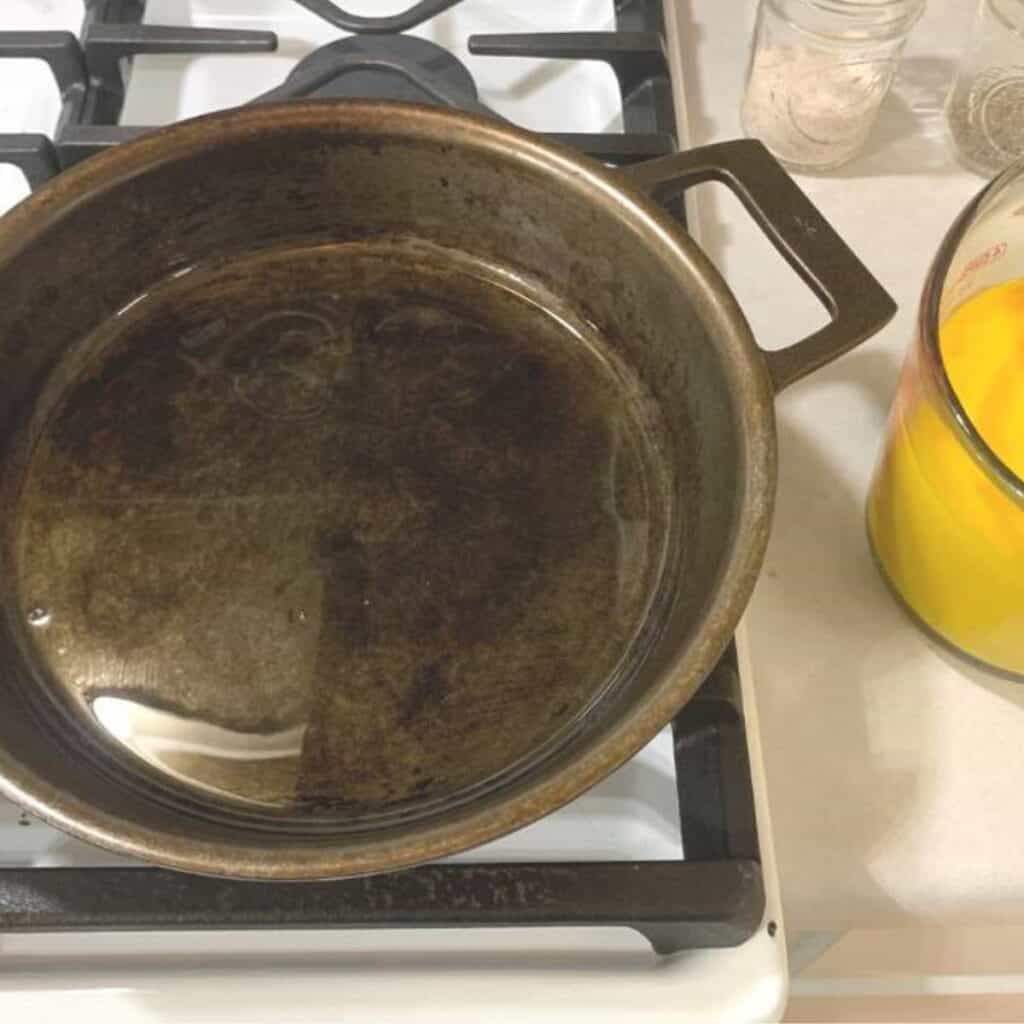
Also, the next time you make cornbread, soups, or stews, add some smoky flavor with a couple tablespoons of bacon grease. And when you’re roasting vegetables like brussels sprouts in your oven, drizzle them with hot grease and add a pinch of salt and pepper to add a rich flavor!
A bit of bacon grease adds a flavor punch when you’re pan-searing and frying pork chops. You can also add flavor to collard greens, green beans, peas, and carrots by adding a teaspoon of bacon grease as they cook.
How to collect and store bacon grease.
To collect and store bacon grease after cooking bacon, I like to put a stainless steel funnel into one of my canning jars, rest a stainless steel fine-mesh sieve inside, and then pour the liquid gold through the sieve. It’s an easy way to capture bits of bacon. If you don’t have a fine-mesh sieve, you can also use a coffee filter in your funnel.
Shop This Post!
Nourishing Traditions by Sally Fallon
Pin It For Later!

Other Related Posts
Cream Cheese vs Butter: Which is Healthier?

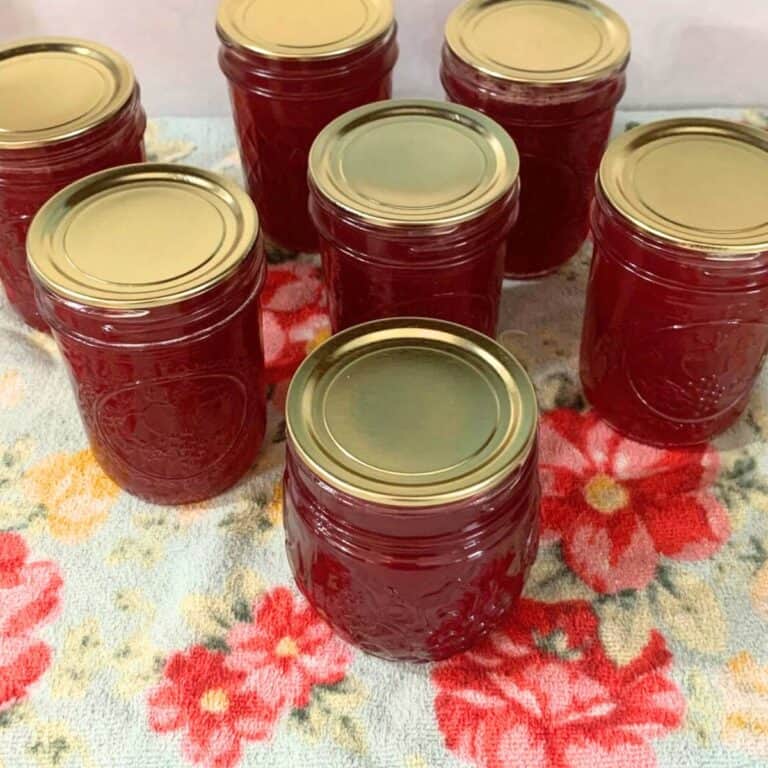
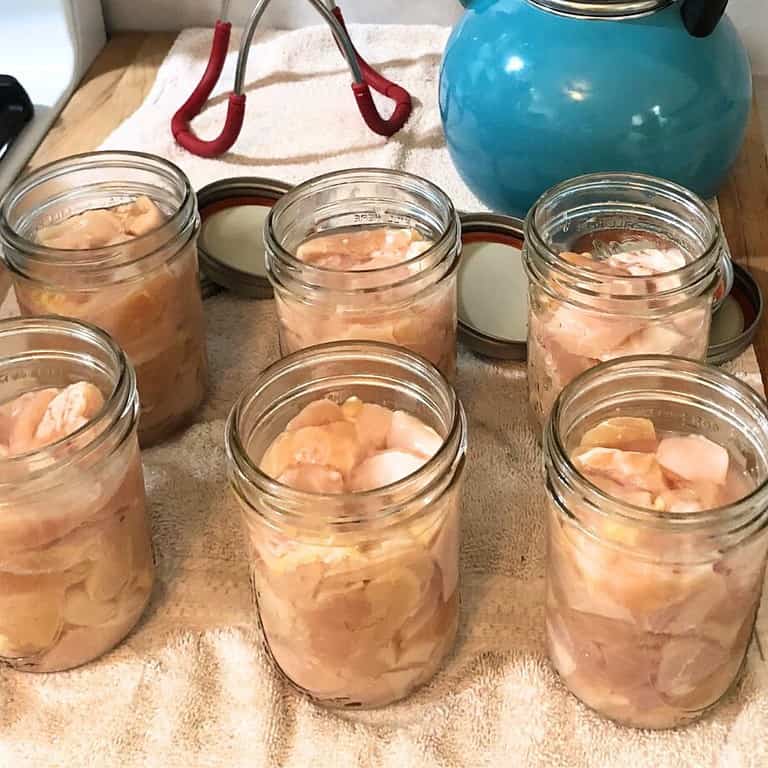
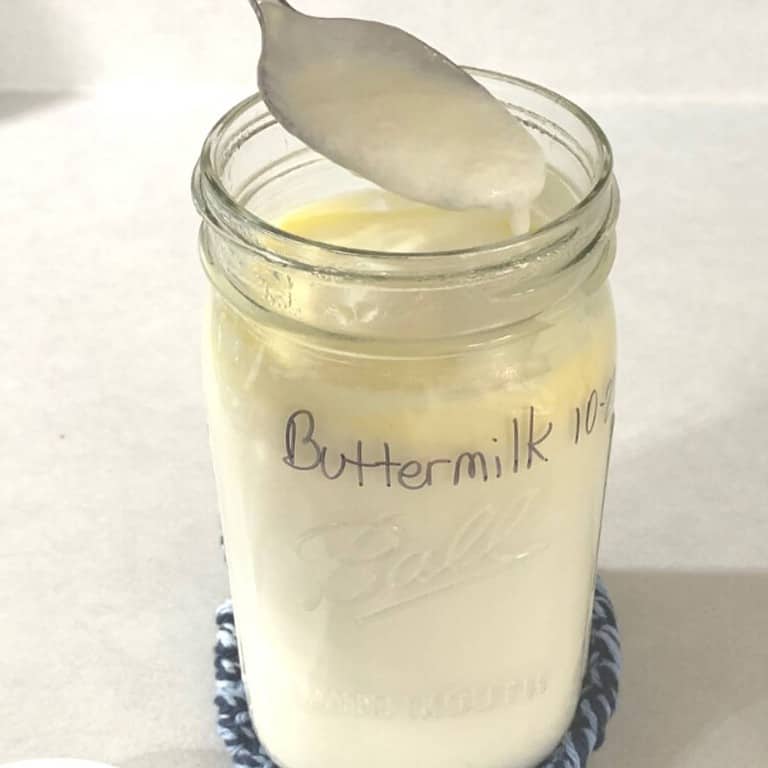
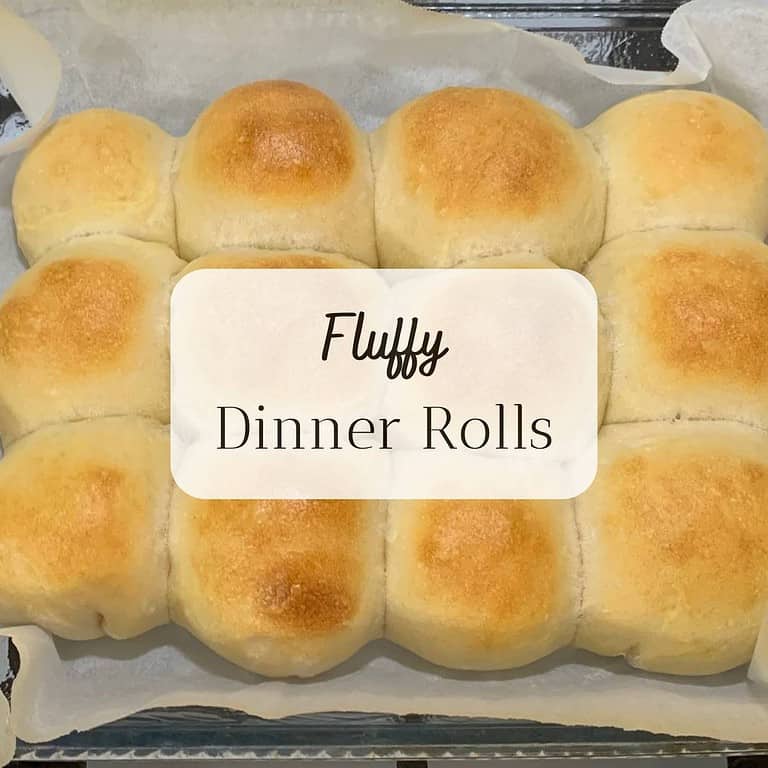
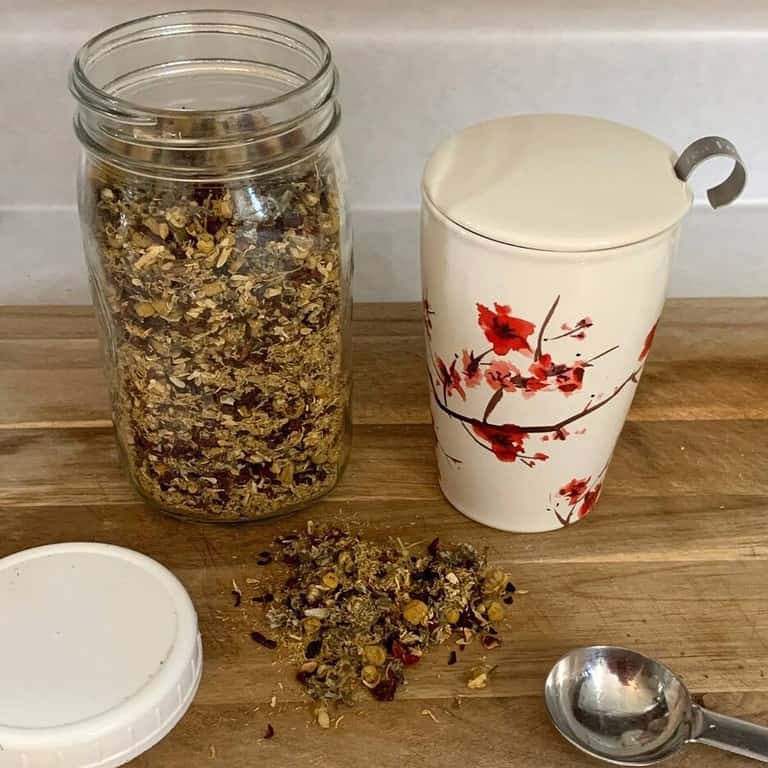
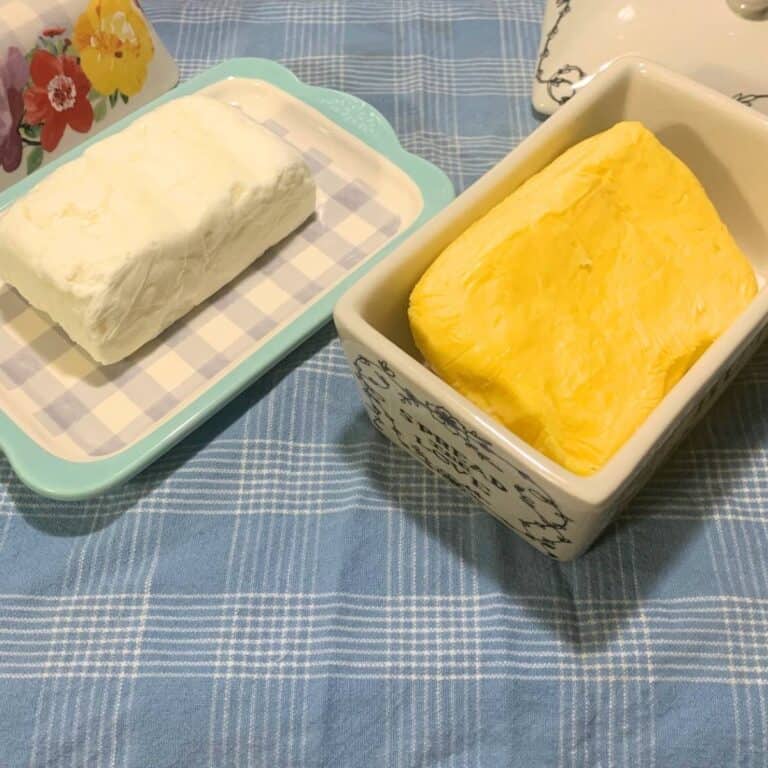
So interesting that bacon fat has more fat per measurement than butter. Now to master making my own bacon at home…. Don’t want to feed any cancer cells!
Thanks! The bacon fat has more fat but I was surprised that it had less cholesterol! Also, cooking bacon low and slow in a cast iron skillet on top of the stove is my favorite way to cook bacon. You get more drippings out of the bacon, plus the bacon never burns!
Interesting! We’ve been working toward using healthy oils and fats at home and, since one daughter is super allergic to dairy/coconut/peanuts…, I am experimenting more with animal fats like bacon grease and lard!
Wow so much data here. How cool! I also love to collect bacon drippings and use them for frying and cooking all types of things!
Yes, the flavor is so good for a lot of dishes!
I love these posts that compare two ingredients, learned a lot again. I love using both but drippings mostly for gravy and butter rules my kitchen for sure. Thanks!
Thanks! I use way more butter than anything else, too.
I didn’t know that bacon grass didn’t retain any protein! I love the way you broke down the best uses. I use both bacon grease and butter so I like that was useful when thinking about incorporating either into a new dish.
Interesting article. I am going to save and spend some time reviewing. Thanks for sharing!
Great post.